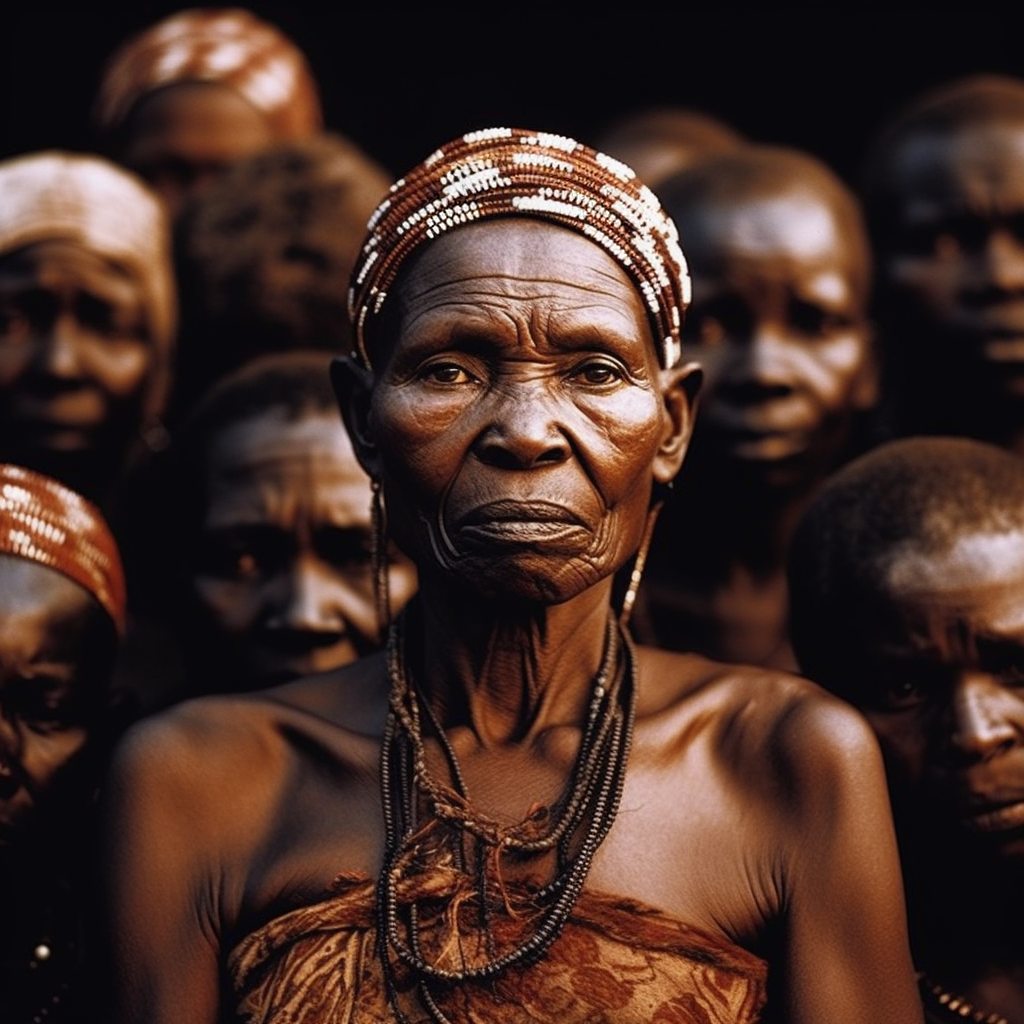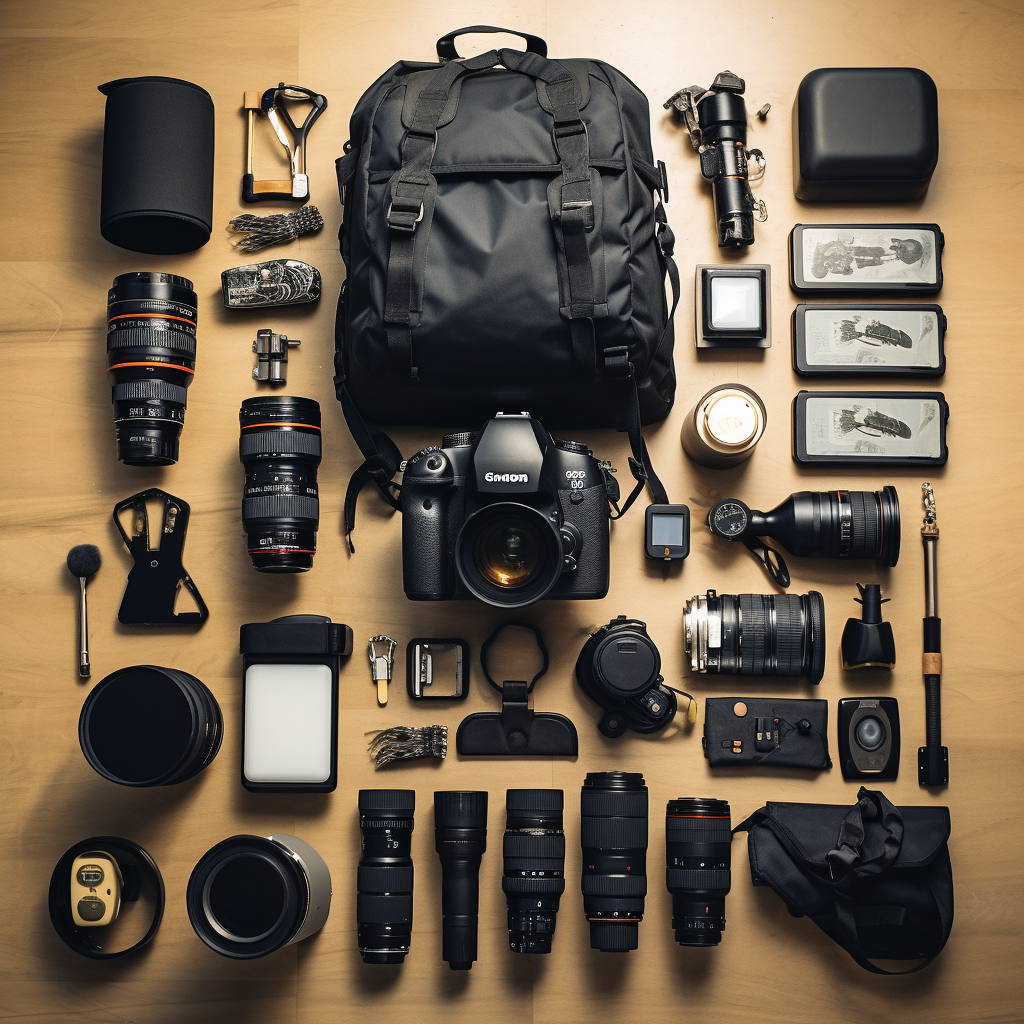Please note this post may contain affiliate links picked by me (Jay) that I have deemed may be of interest or relevant to you the reader of this.
These links do not affect the cost of the thing if you decide to purchase but i may get a little money if you choose to purchase.
For more information on my affiliate link policy click here.
Exploring the World Through a Lens: A Beginner’s Guide to Travel Photography
Photography has the power to capture the beauty and essence of the world around us, allowing us to preserve memories and share experiences with others. Travel photography takes this concept to the next level, allowing us to explore new places, cultures, and landscapes while also capturing stunning images to share with the world. In this beginner’s guide to travel photography, we’ll explore the basics of this art form, from choosing the right equipment to mastering composition and lighting techniques.
Equipment
When it comes to travel photography, the right equipment can make all the difference in the world. While you don’t necessarily need top-of-the-line gear to take great photos, having the right tools for the job can help you achieve the best results possible. Here are some key pieces of equipment you’ll need to get started:
- Camera – Obviously, a camera is the most important piece of equipment for any photographer. Whether you prefer a DSLR, mirrorless, or point-and-shoot camera, choose one that suits your needs and budget.
- Lenses – Depending on your shooting style and the types of photos you want to capture, you may want to invest in different lenses. Wide-angle lenses are great for landscapes and cityscapes, while telephoto lenses can help you capture wildlife or distant landmarks.
- Tripod – A sturdy tripod can be a lifesaver when it comes to shooting in low light or capturing long exposures. It also helps to steady your camera and reduce camera shake.
- Memory cards – Always bring plenty of memory cards, and consider investing in high-capacity, high-speed cards to ensure you don’t run out of space or miss any shots.
- Batteries – Make sure to bring extra batteries or a battery charger, especially if you’re shooting in a remote location where you won’t have access to electricity.
Composition
Composition is the art of arranging elements in a photo to create a pleasing and balanced image. When it comes to travel photography, composition is key to capturing the essence of a place and telling a story with your images. Here are some tips for mastering composition:
- Rule of thirds – One of the most basic rules of composition is the rule of thirds. This involves dividing your frame into a grid of nine equal parts and placing your subject at one of the intersections. This creates a more dynamic and visually interesting image than placing your subject in the center of the frame.
- Leading lines – Look for lines in your environment that can lead the viewer’s eye through the image. This could be a road, a fence, or a row of trees, for example.
- Framing – Use natural elements in your environment to frame your subject and draw the viewer’s eye to it. This could be a doorway, an archway, or even the branches of a tree.
- Depth – Create a sense of depth in your images by including elements in the foreground, middle ground, and background. This can add visual interest and help create a sense of space and scale.
|
|
Lighting
Lighting is one of the most important factors in photography, as it can make or break an image. When it comes to travel photography, you may not always have control over the lighting conditions, but you can still make the most of what you have. Here are some tips for mastering lighting:
- Golden hour – The golden hour is the hour after sunrise and the hour before sunset when the light is soft, warm, and golden. This is often the best time of day to shoot, as the light can create a beautiful and flattering glow on your subjects.
Blue hour – The blue hour is the hour before sunrise and the hour after sunset when the sky takes on a deep blue hue. This can create a moody and atmospheric look in your photos.
- Overcast skies – Don’t let overcast skies discourage you from shooting. In fact, cloudy or overcast days can create a soft, diffused light that can be ideal for portraits or macro photography.
- Backlighting – Experiment with backlighting to create a dramatic effect in your photos. This involves positioning your subject with the light behind them, creating a silhouette or halo effect.
- White balance – Make sure to adjust your white balance to match the lighting conditions. This can help ensure accurate colors and avoid a color cast in your images.
- Use a flash – Sometimes you may need to use a flash to fill in shadows or create a catchlight in your subject’s eyes. Consider using a diffuser or bounce card to soften the light and create a more natural look.
Storytelling
Finally, travel photography is all about telling a story. Your images should capture the essence of a place and convey a sense of its culture, people, and landscapes. Here are some tips for telling a compelling story through your photos:
- Research your destination – Before you travel, do some research on your destination. Learn about its history, culture, and landmarks. This can help you create a shot list and plan your shoots ahead of time.
- Capture the details – Look for the small details that can tell a bigger story. This could be a street vendor’s colorful wares, a local’s traditional dress, or a close-up of a unique architectural feature.
- People and culture – Don’t forget to include the people and culture of a place in your images. Capture candid moments of locals going about their daily lives, or ask for permission to take portraits and capture their unique personalities.
- Landscapes and landmarks – Of course, landscapes and landmarks are also important elements of travel photography. Look for unique angles or perspectives to capture these iconic sights in a fresh and interesting way.
Conclusion
Travel photography is a wonderful way to explore the world and capture memories that will last a lifetime. By choosing the right equipment, mastering composition and lighting techniques, and telling a compelling story through your images, you can create stunning photos that transport your viewers to new places and inspire them to explore the world for themselves. So grab your camera and start exploring!

















2 thoughts on “Exploring the World Through a Lens: A Beginner’s Guide to Travel Photography”
Comments are closed.